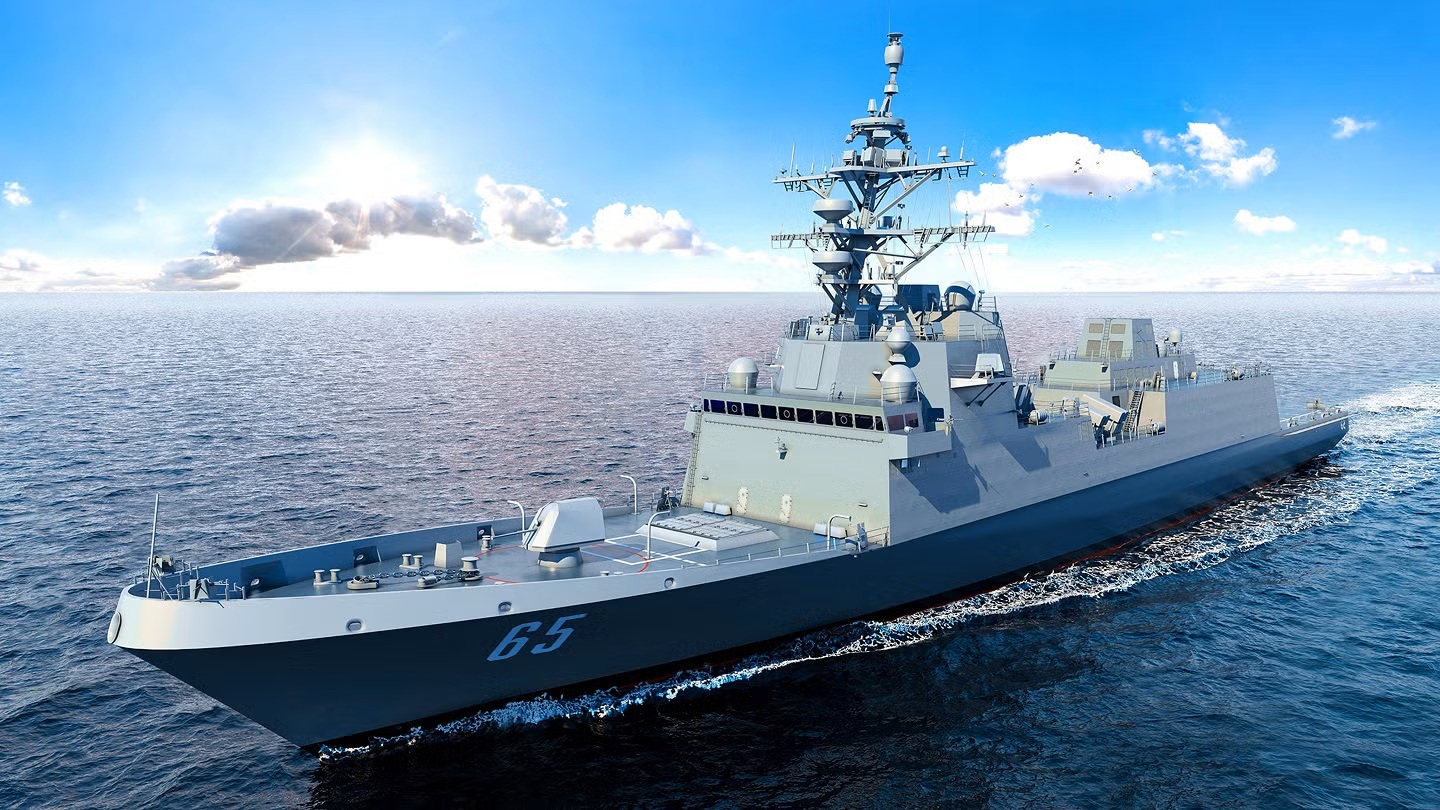Economy and business
Washington Changes Course and Halts the Constellation Frigates. New Challenges (and New Hulls) for Fincantieri, Not a Farewell

A cold shower from Washington, or perhaps just a necessary reality check. The U.S. Secretary of the Navy, John Phelan, has announced a radical review—which sounds very much like a partial cancellation—of the Constellation-class frigate program. It was a project that saw the Italian giant Fincantieri triumph in 2020 with its Marinette Marine shipyards in Wisconsin, but which has ended up, as often happens, in the grinder of strategic shifts and bureaucratic inefficiencies.
The “Hawk” Phelan and the Axe on Spending
With a move that will delight accountants and make traditionalist admirals tremble, Phelan communicated via X (the new geopolitical agora) that the US Navy will terminate the production of the last four planned units. Only the first two are safe: the lead ship Constellation (FFG-62) and the Congress (FFG-63).
The message is brutal in its simplicity and reeks of corporate efficiency: “I will not spend a dollar if it does not reinforce readiness or our ability to win.” A declaration that marks a strategic departure from a program that, on paper, was supposed to be the future of the American light fleet.
From day one I made it clear: I won’t spend a dollar if it doesn’t strengthen readiness or our ability to win.
To keep that promise, we’re reshaping how we build and field the Fleet—working with industry to deliver warfighting advantage, beginning with a strategic shift away… pic.twitter.com/pbTpIPDfR8
— Secretary of the Navy John C. Phelan (@SECNAV) November 25, 2025
A Solid Project, “Upended” by the Client
The FFG(X) program was initially valued, in early estimates, at roughly 22 billion dollars. The starting point was excellent: the Italian FREMM frigates—proven, modern ships appreciated worldwide.
However, the Pentagon played its part. Instead of buying a “turnkey” product, the US Navy imposed an endless series of specific modifications. The result? A classic case of military gold-plating that transformed a standard design into a logistical nightmare. The consequences can be summarized in two painful points:
-
Monstrous delays: quantified at least 36 months behind schedule.
-
Cost explosion: modifying on the fly always costs more than designing from scratch.
In the end, the resulting ship no longer met changing operational needs. Add to this the change in administration and the new priorities of the Trump era, and the cut was served.

Constellation class featurs,
Fincantieri: A Door Closes, A Gate Opens?
The news might seem disastrous for the Italian giant, but a careful reading of the press releases and industrial dynamics suggests caution before crying crisis. George Moutafis, CEO of Fincantieri Marine Group, maintained a confident tone, speaking of a “new chapter.”
The reality is pragmatic: Fincantieri has invested 800 million dollars in the Wisconsin shipyards. The US Navy has a desperate need for shipbuilding capacity and cannot afford to leave such an advanced facility “in limbo.” If they won’t be frigates, they will be other vessels.
What is brewing for the Marinette shipyards?
-
Amphibious assault ships: Always useful for force projection.
-
Icebreakers: Fundamental for competition in the Arctic against Russia and China.
-
Naval drones (Unmanned): The true new frontier of naval warfare.
Towards the Pacific: Battleships and Drones
Washington’s objective is clear: shed “dead weight” programs to focus on the Indo-Pacific theater. There is talk of a new framework to deploy capabilities in a short timeframe.
Curiously, while frigates are being cut, rumors are circulating again about a possible new class of “battleships”—ships that are much larger and heavier—or massive investment in unmanned units. The strategy is changing: mass is needed, firepower is needed, and it is needed immediately.
The lesson for Europe is crystal clear: industrial planning does not tolerate excessive bureaucratic zeal. Modifying a project while it is underway is the best way to sink it before it is even launched. Better a surgical cut today than prolonged economic bleeding tomorrow. For Fincantieri, the American game continues, but on a different table.
Q&A
Why did the USA cut the Constellation program despite it being based on a valid design? The decision does not concern the quality of the original platform (FREMM), but the management of the project. Continuous modifications requested by the US Navy caused three-year delays and unsustainable cost increases. Furthermore, the US administration has shifted strategic priorities: Secretary Phelan only wants funds for projects that guarantee an immediate “ability to win” and a clear return on investment, preferring to shut down programs that have become inefficient.
What are the consequences for Fincantieri and the Wisconsin shipyards? Fincantieri will still complete the first two units (Constellation and Congress). A closure of the shipyards is not foreseen: the company has invested 800 million dollars in the USA, and the Navy considers Fincantieri an indispensable strategic partner. A redirection of contracts towards other types of ships more in line with new needs is expected, such as icebreakers, amphibious ships, or unmanned units (naval drones).
In which direction is American naval strategy heading? The US Navy is implementing a complete review to prepare for challenges in the Indo-Pacific. The goal is to abandon slow, expensive programs for a new framework that allows for faster ship construction. They are evaluating a return to large-tonnage ships (modern “battleships”) or strong investment in drone fleets. The watchwords are operational readiness and production speed, abandoning old decades-long procurement schemes.






